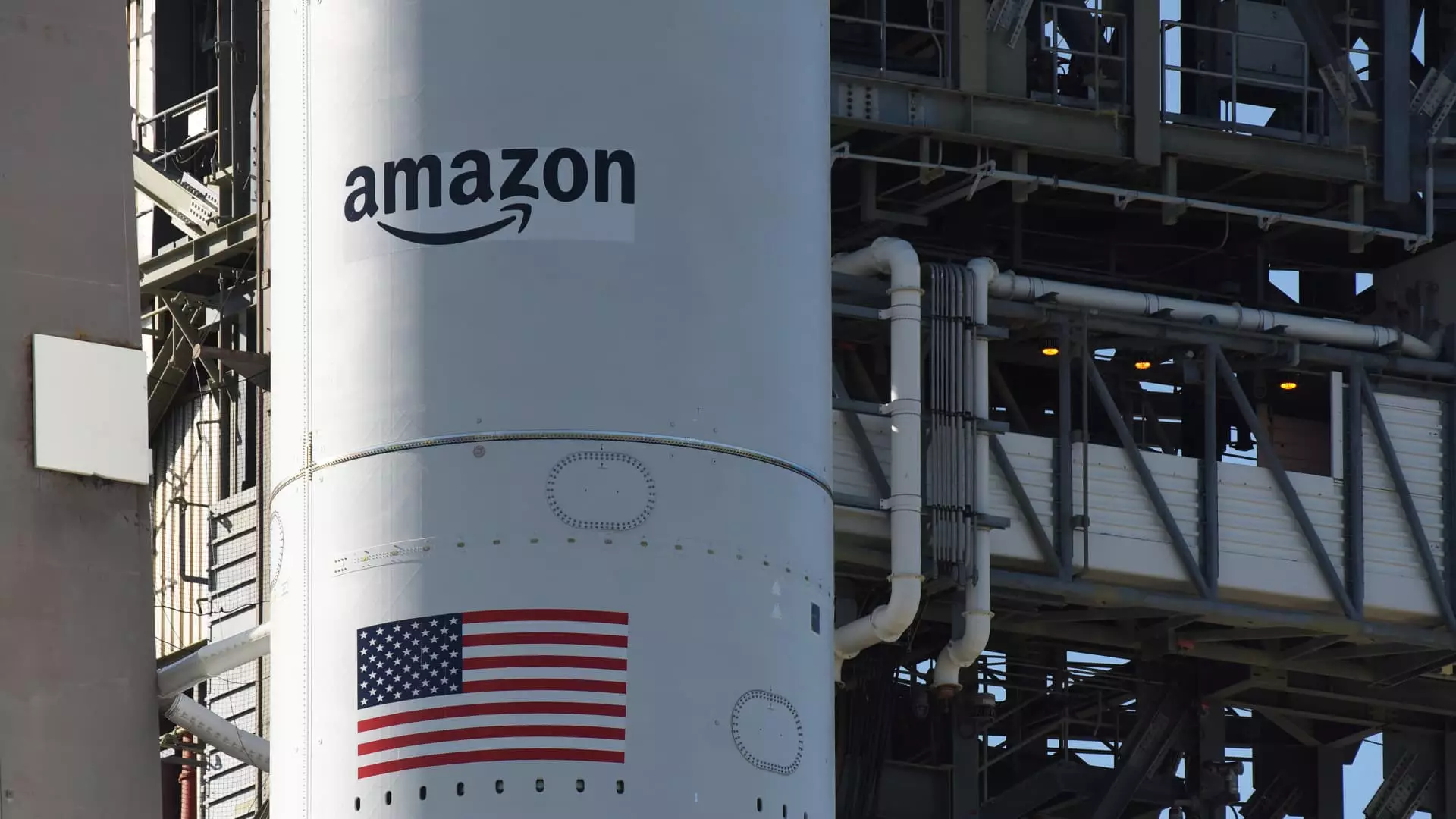In a world increasingly reliant on connectivity, Amazon’s long-anticipated Kuiper internet satellite launch encountered an unexpected hurdle as inclement weather forced a delay. Scheduled to lift off from Cape Canaveral, Florida, a United Launch Alliance (ULA) rocket was poised to deliver 27 Kuiper satellites into low Earth orbit. However, “stubborn cumulus clouds” and fierce winds conspired against the launch, as ULA stated on their livestream. The unforeseen atmospheric conditions not only thwarted this particular attempt but underscored the unpredictable nature of space endeavors that often hinge on frail earthly conditions.
A Vision Six Years in the Making
Amazon’s venture into the satellite internet arena isn’t a whimsical decision; it stems from a meticulously crafted vision dating back six years. The Kuiper project aims to establish a constellation of low Earth orbit satellites designed to provide high-speed, low-latency internet services. This ambitious undertaking seeks to cater to a diverse client base, ranging from everyday consumers to large corporations and governmental bodies. Such an initiative could significantly enhance internet accessibility, particularly in underserved areas where traditional broadband infrastructure remains lacking.
The Competitive Battlefield of Satellite Internet
However, Amazon’s journey is far from solitary. It faces stiff competition from SpaceX’s Starlink, which has already deployed approximately 8,000 satellites, establishing itself as the leading player in the market. SpaceX not only enjoys a head start but also benefits from an evolving relationship with the U.S. government, thanks in part to CEO Elon Musk’s increasing influence within federal decision-making spheres. This dynamic complicates Amazon’s urgency, especially as its timeline to launch services commercially looms closer.
Regulatory Pressures and Strategic Imperatives
With federal regulations mandating that Amazon deploy at least half of its satellite constellation—1,618 satellites—by July 2026, the company must act decisively. These regulatory pressures place Amazon in a race against both time and its competitors. The anticipated commercial service launch later this year is a critical benchmark that could alter market dynamics significantly. Amazon has already begun preparations for subsequent launches; their ability to meet these deadlines will be a testament to both their engineering capabilities and logistical planning.
The Path Forward: Production and Deployment
Following the disaster of a delayed launch, Amazon must now pivot its strategy towards accelerating production and deployment. Acknowledging that delays can jeopardize its market position, Amazon appears poised to increase its launch frequency and enhance satellite processing efficiencies. The nervous anticipation surrounding their next mission, slated for another ULA Atlas V rocket, presents an opportunity: Could this serve as the catalyst to accelerate their satellite deployment and quell any rising doubts about their ambitions?
Amazon’s Kuiper project faces a critical juncture. The company stands to reshape the landscape of internet accessibility but must navigate a complex tapestry of logistical hurdles, regulatory constraints, and fierce competition. The coming months will prove vital as they seek to transform ambition into reality, and the stakes have never been higher.


Leave a Reply